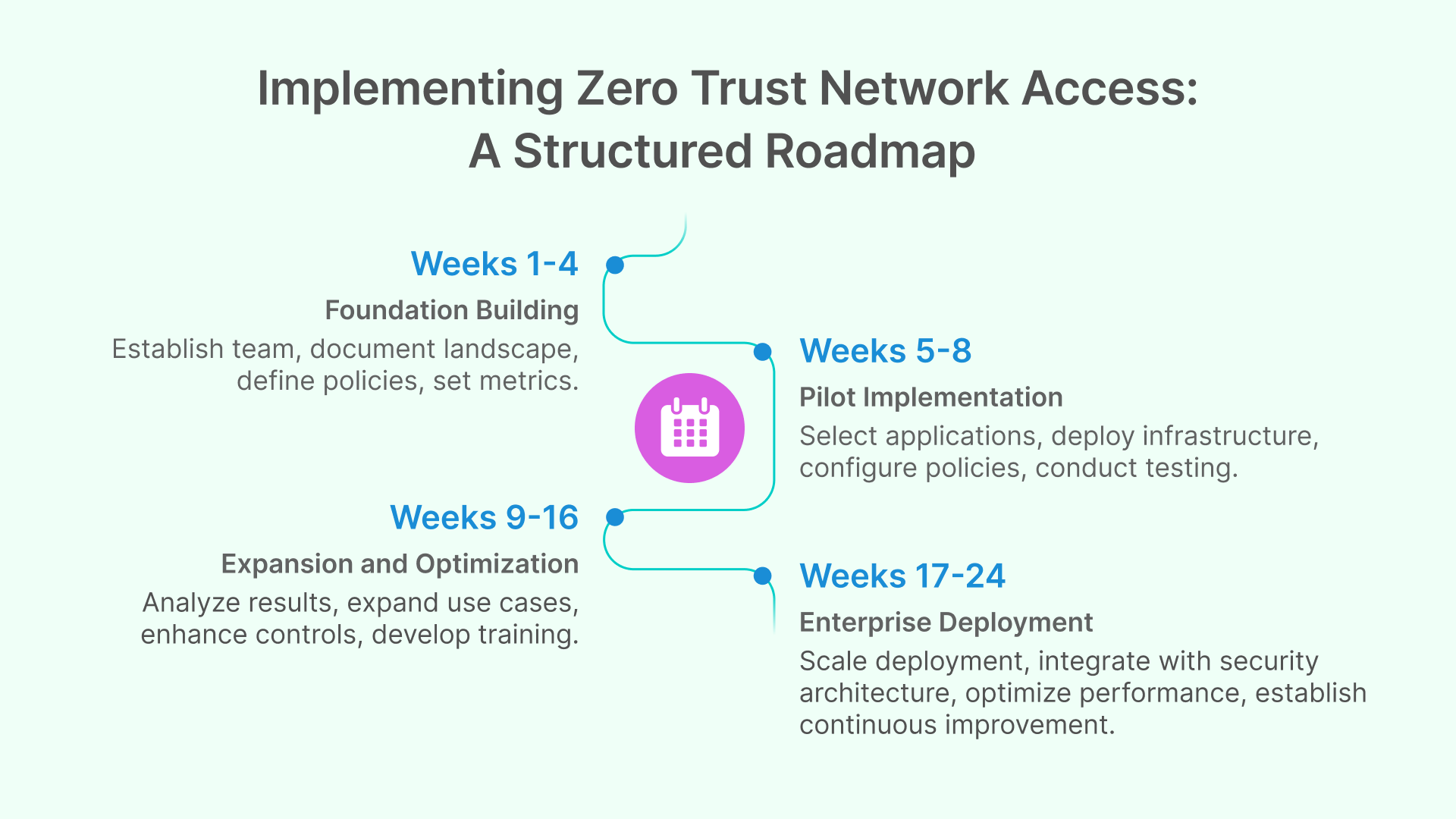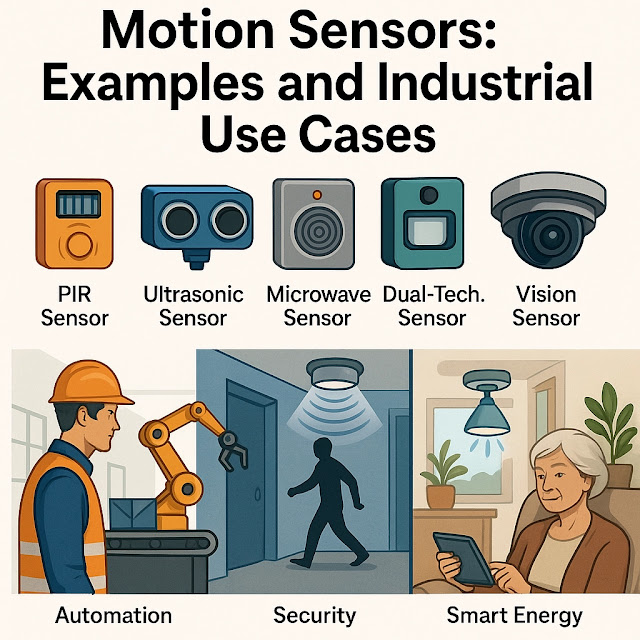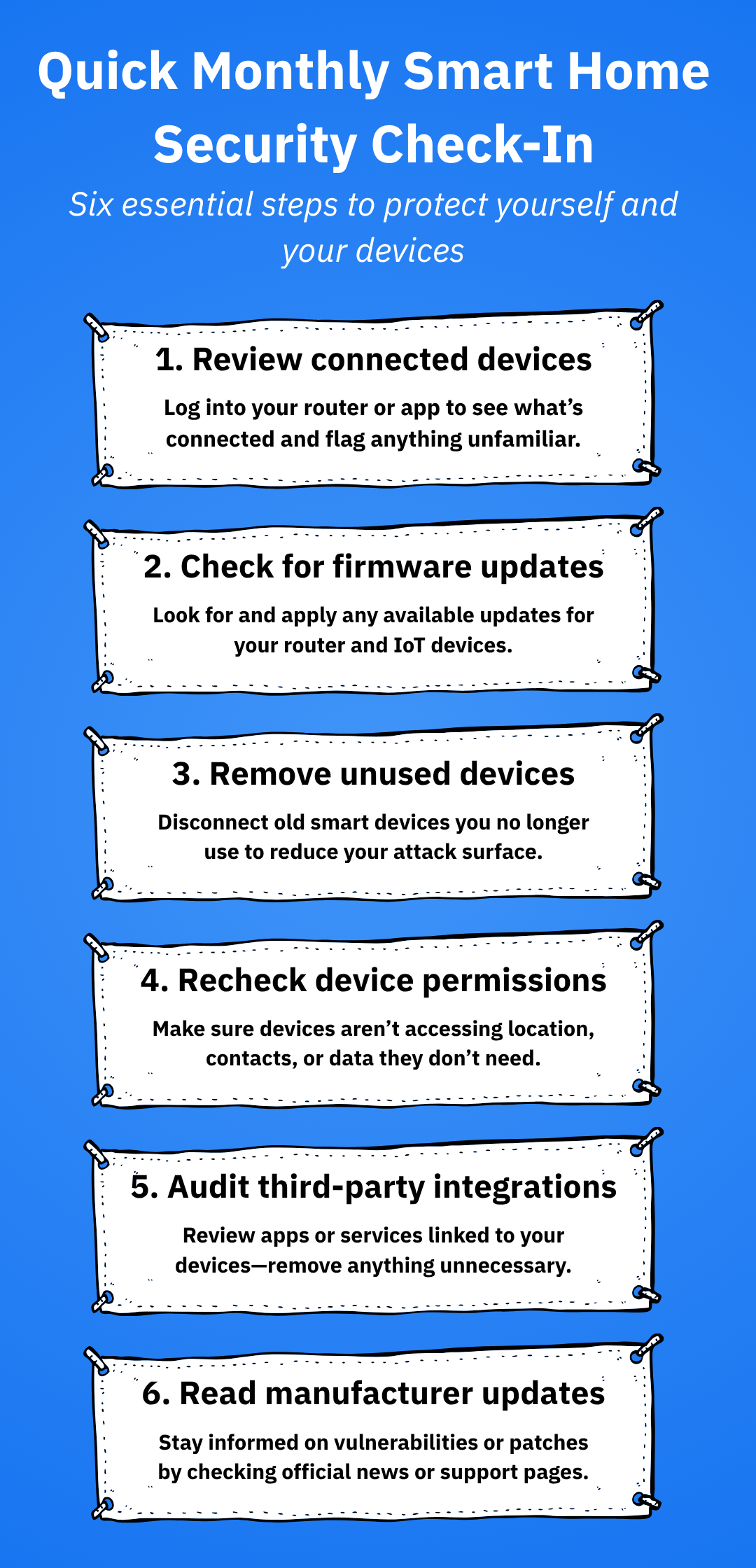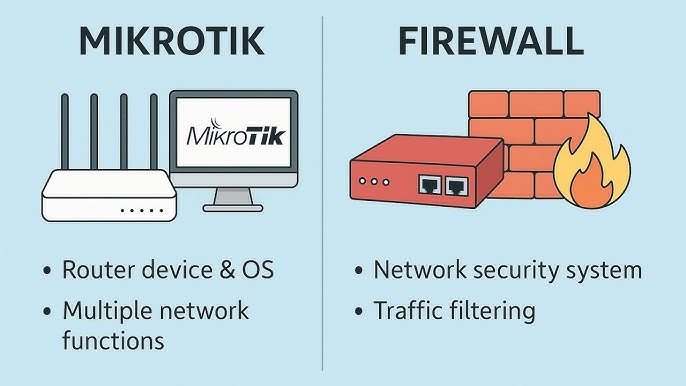Setting up team network access can feel overwhelming, but it doesn’t have to be. Imagine your entire team connecting smoothly, sharing files instantly, and working without frustrating delays. Setup Team Network Access
You’re just a few simple steps away from making that happen. In this guide, you’ll discover easy, clear instructions to get your team online and collaborating safely. Ready to unlock your team’s full potential? Let’s dive in and make network access work for you.
Choosing The Right Network Type
Setting up team network access needs the right network type. This choice affects speed, security, and ease of use.
Choosing between wired, wireless, cloud-based, or on-premises networks depends on your team’s needs and resources.
Wired Vs Wireless Networks
Wired networks use cables to connect devices. They offer stable and fast connections with less interference.
Wireless networks connect devices using Wi-Fi. They provide flexibility and easy setup but can be slower and less secure.
- Wired:Fast speeds, reliable, needs cables, less flexible
- Wireless:Flexible, easy setup, can slow down, may face interference
Cloud-based Vs On-premises Solutions
Cloud-based networks store data and apps online. Teams can access them from anywhere with internet.
On-premises solutions keep data on local servers. They offer more control and stronger security but need more maintenance.
- Cloud-Based:Easy access, low setup cost, needs internet, less control
- On-Premises:Full control, better security, higher cost, more maintenance

Credit: aws.plainenglish.io
Assessing Team Access Needs
Setting up team network access starts with understanding your team’s needs. You need to know who needs access and what kind of access they require.
Assessing these needs helps keep your network secure and ensures everyone can do their work without trouble.
Identifying User Roles
First, identify the roles each team member has. Different roles need different network permissions.
Common roles include administrators, managers, and regular users. Each role requires specific access rights.
- Administrators manage the network settings
- Managers oversee team projects and data
- Regular users perform daily tasks
Determining Access Levels
Next, decide the access levels for each role. Not everyone needs full access to all parts of the network.
Set access based on job needs to keep data safe and reduce risks.
- Full access for administrators
- Limited access for managers
- Basic access for regular users
Configuring Network Hardware
Setting up team network access needs the right hardware configuration. Good hardware helps devices connect and share information smoothly.
This guide focuses on how to configure routers, switches, firewalls, and security devices for your team network.
Setting Up Routers And Switches
Routers connect your local network to the internet and direct traffic. Switches connect devices within the local network.
Start by assigning clear IP addresses to routers and switches. This helps devices find each other easily.
- Choose routers that support your internet speed and team size
- Set up switches to connect all team devices efficiently
- Use VLANs on switches to separate different team departments
- Enable DHCP on routers to assign IP addresses automatically
- Check firmware updates for better performance and security
Implementing Firewalls And Security Devices
Firewalls protect your network by controlling traffic. Security devices stop unauthorized access and threats.
Configure firewalls to block harmful traffic and allow safe connections. Use security devices to monitor and respond to risks.
- Set firewall rules to allow only needed network services
- Use intrusion detection systems to spot unusual activity
- Keep security device software updated for protection
- Enable logging to track network access and issues
- Test firewall and security settings regularly

Credit: www.binaryspiral.com
Establishing User Credentials
Setting up user credentials is essential for secure team network access. It helps protect sensitive information and control who can enter the network.
Good credential management prevents unauthorized access and keeps your data safe. This includes creating user accounts and managing password rules.
Creating User Accounts
Create user accounts for every team member who needs network access. Assign unique usernames to track activities clearly.
Limit account permissions based on job roles. Only give access to necessary resources to reduce security risks.
- Use clear and consistent naming for usernames
- Assign roles like admin, user, or guest
- Deactivate accounts when team members leave
Managing Password Policies
Set strong password rules to protect user accounts. Strong passwords stop hackers from guessing or cracking them easily.
Require regular password changes and prevent reuse of old passwords. This keeps accounts safer over time.
- Use a minimum of 8 characters for passwords
- Include letters, numbers, and symbols
- Enforce password expiration every 90 days
- Prevent using recent or common passwords
Setting Up Vpn And Remote Access
Setting up team network access is essential for remote work. VPNs and remote access tools keep connections safe.
This guide explains how to choose VPN protocols and configure secure remote connections for your team.
Choosing Vpn Protocols
VPN protocols are rules that control how data travels securely. Pick the right protocol for speed and safety.
Common VPN protocols include OpenVPN, L2TP/IPsec, and WireGuard. Each has pros and cons for your team.
- OpenVPN:Strong security and works on many devices.
- L2TP/IPsec:Easy to set up but slower than others.
- WireGuard:Fast and modern with good security.
Configuring Secure Remote Connections
Secure remote connections protect your team’s data from hackers. Use strong passwords and encryption.
Enable multi-factor authentication and keep software updated. This reduces risks when team members connect remotely.
- Use VPN software with built-in encryption.
- Require strong passwords for all users.
- Enable two-factor authentication (2FA).
- Keep VPN and remote access tools updated.
- Limit access to necessary resources only.
Implementing Access Controls
Access controls protect your team network from unauthorized users. They help keep your data safe and secure.
Setting up proper controls limits what each user can do. This reduces risks and improves network safety.
Using Role-based Access Control
Role-Based Access Control (RBAC) assigns permissions based on user roles. Each role has specific access rights.
This setup makes managing users easier. You only change permissions for roles, not individuals.
- Define roles like admin, editor, or viewer
- Assign users to roles based on their job needs
- Limit access to sensitive data by role
- Review roles regularly to keep security tight
Applying Network Segmentation
Network segmentation divides the network into smaller parts. This controls traffic and limits access.
Segmenting stops threats from spreading across the whole network. It also helps focus security measures.
- Create segments for different teams or functions
- Use firewalls to control traffic between segments
- Limit access to critical systems by segment
- Monitor segments separately for better security
Monitoring And Maintaining Network Access
Keeping an eye on your team’s network access is very important. It helps you find problems early and keep your data safe.
Regular checks and updates make sure only the right people can enter your network. This stops bad access and keeps work smooth.
Tracking Access Logs
Access logs show who used the network and when. They help you see if anyone is trying to enter without permission.
Check these logs often to spot strange activity. This helps you act fast and protect your network.
- Review login times and user IDs
- Look for failed login attempts
- Note unusual access from unknown devices
- Keep logs for a set time to compare past activity
Regularly Updating Security Measures
Security rules must change as threats change. Update passwords and software often to block new risks.
Train your team about new security rules. This helps them avoid mistakes that open the network to danger.
- Change passwords regularly
- Install software updates and patches
- Use strong authentication methods
- Educate team on phishing and scams

Credit: www.esecurityplanet.com
Frequently Asked Questions
How Do I Configure Team Network Access?
To configure team network access, start by defining user roles and permissions. Use a reliable VPN to secure connections. Ensure you have a robust firewall and regularly update network credentials. Lastly, educate your team on security protocols to maintain a secure network environment.
What Tools Are Needed For Network Setup?
Essential tools include a reliable VPN, a firewall, and a network switch. Use an access point for wireless connectivity. Network monitoring software is also important to ensure efficient performance. These tools collectively help in maintaining a secure and stable team network.
How Can I Ensure Network Security?
Ensure network security by implementing strong passwords and two-factor authentication. Use encryption to protect sensitive data. Regularly update software and hardware to fix vulnerabilities. Educate your team on recognizing phishing attempts and other security threats to maintain a secure network.
What Are Common Network Setup Mistakes?
Common mistakes include weak passwords, lack of encryption, and outdated software. Failing to set up a firewall and neglecting regular security audits can also be problematic. Avoid these mistakes by ensuring all security measures are consistently implemented and updated.
Conclusion
Setting up team network access keeps your work smooth and safe. Clear steps help everyone connect without trouble. Always check permissions to protect important information. Regular updates improve security and fix issues fast. Good network access helps teams share and work better.
Keep learning and adjusting as your team grows. Simple rules make network setup easier for all. Stay focused on safety and ease of use. Your team’s success depends on strong, clear connections.
16 min read





